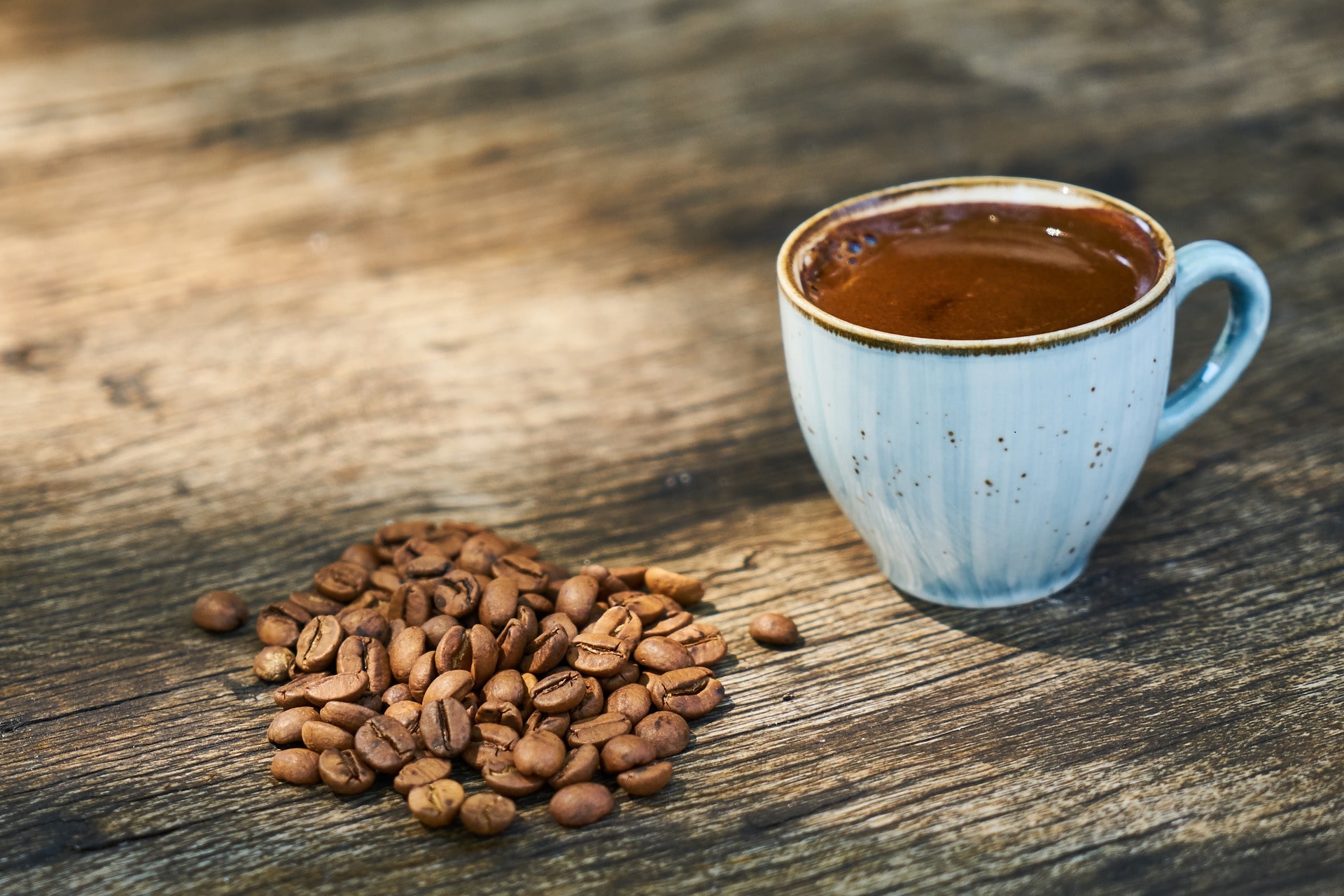Greek coffee
Sweet or bitter, with blisters on its kaymak or without, on the coals or in the brig, there are many ways to “bake” and enjoy Greek coffee often characterized as “meraklidikos” (which means that is made with passion) or used for consolation since according to custom it is served at funerals with brandy and nuts. Greek coffee has officially been recognized by UNESCO as part of the Intangible Cultural Heritage of Turkey, but we also find it as part of the Greek, Armenian, Arabic, Cypriot or Middle Eastern tradition, as it is the coffee that has been consumed more than any other type of coffee in many parts of the Eastern Mediterranean, the Middle East, the Balkans and North Africa, so its paternity was and remains a point of contention. Some distinguish Greek from Turkish coffee, pointing out that Greek has a finer grind than Turkish, which is called coarse and roasted.
There has been much debate in recent years about the benefits of Greek coffee – an antioxidant-rich beverage – to good health and longevity. It has been observed that consumption of Greek coffee contributes to the better functioning of the endothelium, resulting in a lower risk of myocardial infarction. Studies have also shown that a cup of Greek coffee per day can reduce the risk of stroke and cancer. In addition, a study on the Greek island of Ikaria, and especially in villages with many elderly residents, who did not have serious health problems, showed that consumption of Greek coffee was associated with longevity.
Greek coffee during preparation requires time and attention to be removed from the heat at the right time, before it is actually boiled. It should be served properly with its kaymak and blisters to highlight its golden color and distinctive aroma. Experts suggest that the best time to drink coffee is in the morning as caffeine affects the hormone cortisol, which helps us stay alert. It is no coincidence that Greek coffee is rarely missing from traditional Greek breakfast.
